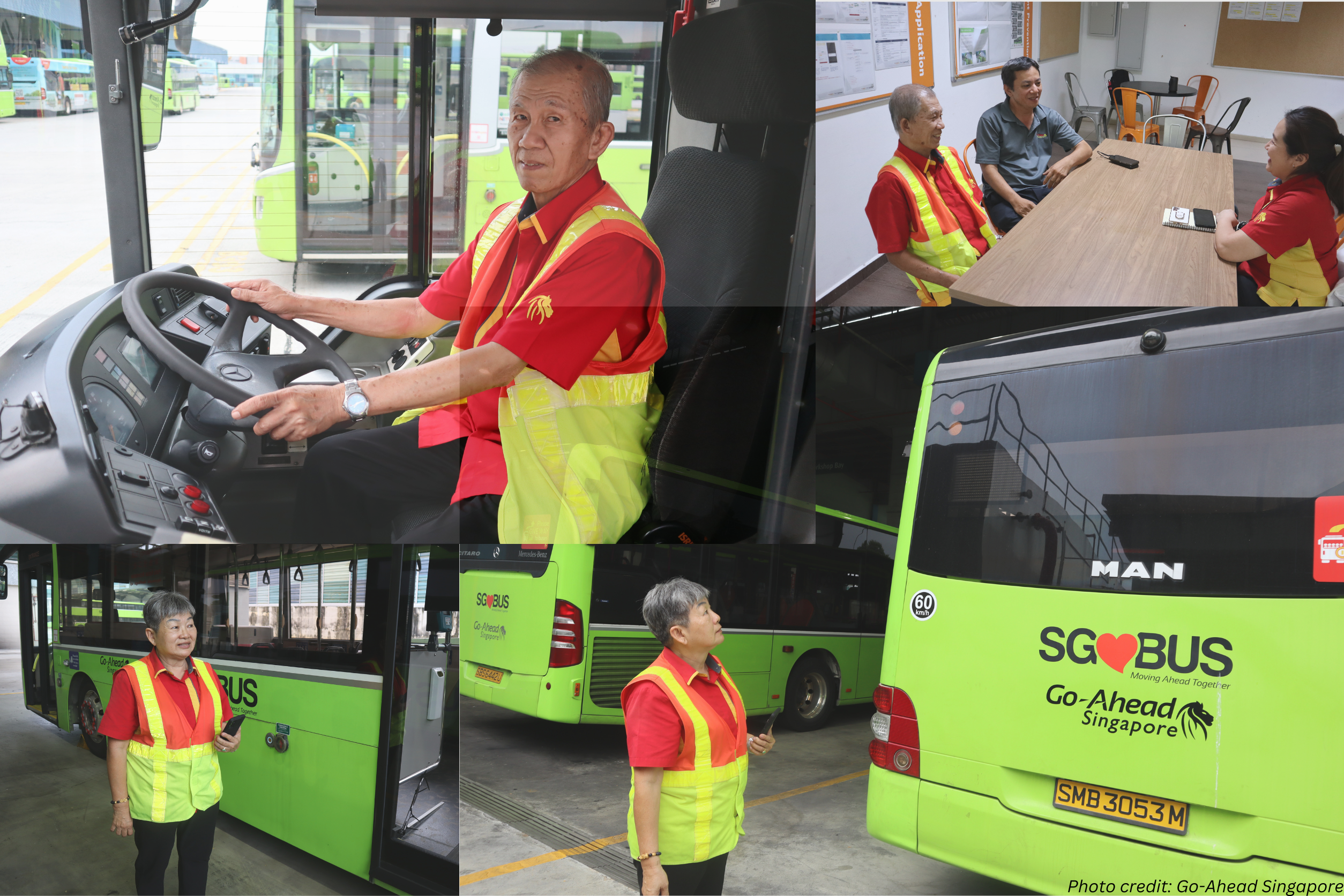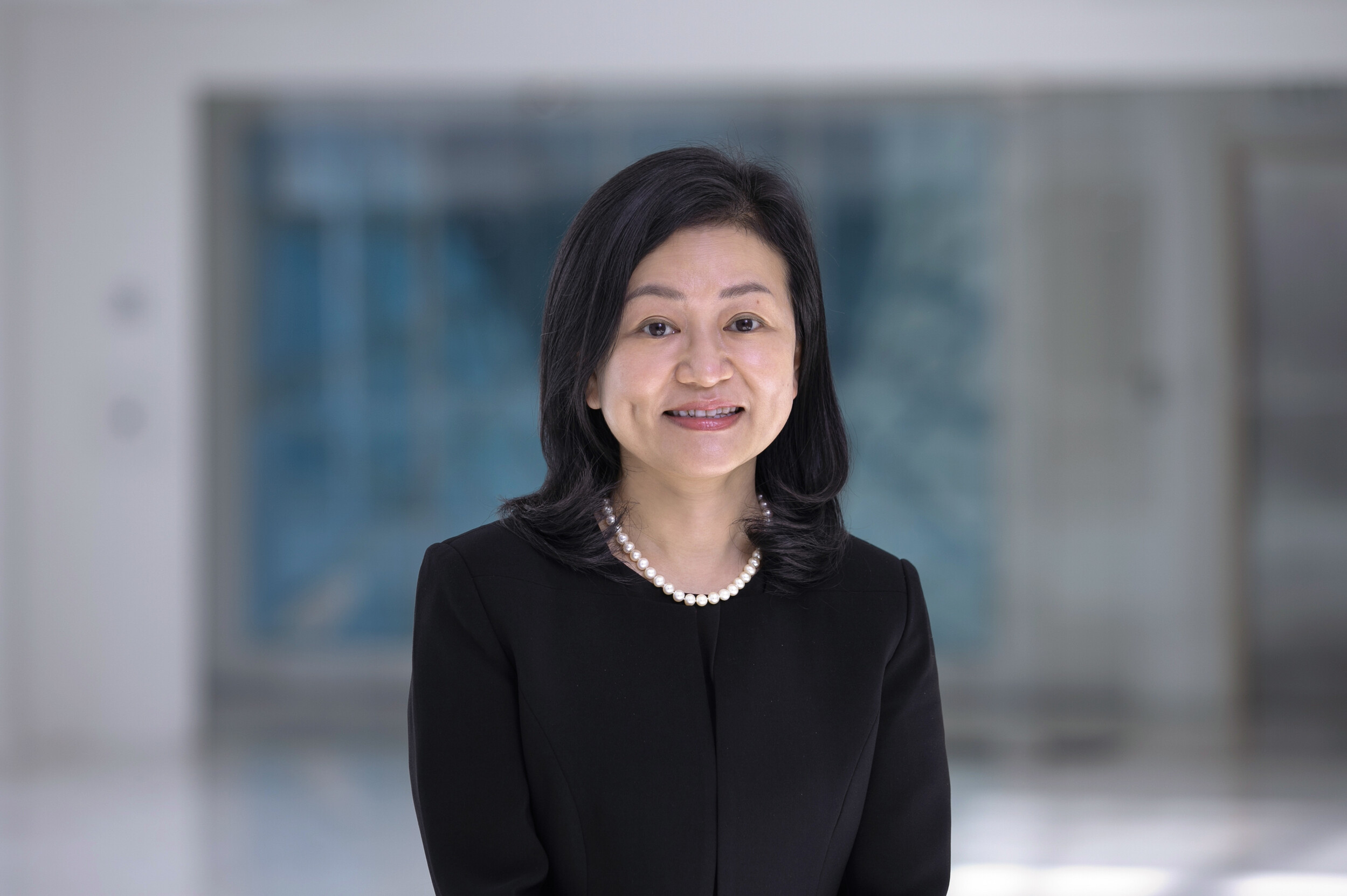How Go-Ahead Singapore empowers its senior workforce
- Josephine Tan

As Singapore’s population ages, organisations increasingly focus on fostering a supportive environment for older employees. Go-Ahead Singapore, a player in the public transportation sector, offers a model for achieving this. By implementing supportive tools and initiatives, the bus operator has enabled veteran bus captains like Tay Kwe Huah, 63, and Koh Kim Tiw, 74, to thrive in their roles.
As an older employee like Tay with limited experience with digital tools, introducing new technology can take time and effort. At first, she felt anxious when Go-Ahead Singapore introduced the BC Click app—a mobile application for tasks like checking vehicle conditions and reporting incidents.
“I was worried about using technology since I don’t even know the ABCs,” Tay told HRM Asia. However, Go-Ahead Singapore provided small-group training sessions that made a difference. “The trainers were very patient, especially with older colleagues. With their help and support from my co-workers, I learnt how to use it,” she said.
The app has since become vital to Tay’s daily routine, simplifying her job by keeping track of her tasks and schedule. “It makes my daily routine easier by telling me what tasks to do, like when I need to start my bus route. This makes my job less stressful,” she explained. “If I can’t work because I’m sick, I can inform the Operations team through the app, and they will find someone else to take my place.”
For Koh, who has been in the industry for over four decades, adapting to technological advancements has been part of the job’s evolution. “When I first became a bus captain, my main job was driving,” he said. “But things changed with the one-man-ticketing system and the EZ-link card, and my role evolved to include customer service.” Today, technology is integral to his work, with tools like the Telematics System providing real-time feedback on his driving performance. “These tools have made our work better, making journeys safer and more comfortable for everyone,” he added.
Continuing employment beyond retirement
For many older employees, staying in the workforce past the traditional retirement age is about more than financial stability—it is a way to remain active and connected. Although Go-Ahead Singapore’s re-employment age is 68, Tay and Koh have found reasons to keep working.
Koh, who walks from his home to the Loyang Depot at 3am every morning, finds joy in his routine. “I keep working even after retirement age because I want to stay active,” he explained. “I enjoy spending time with my colleagues and find joy in serving the commuters, which motivates me to come to work every day.”
READ MORE: Supporting healthy and active ageing through continued employment
Similarly, Tay sees value in staying engaged through work. She encourages her colleagues nearing retirement to consider continued employment. “It would be a waste to stop working completely as they have valuable skills and can provide excellent customer service,” she said. “Staying in the workforce can help them remain active and independent, making a positive contribution to the organisation and our passengers.”
Go-Ahead Singapore takes significant steps to support its older employees, offering wellness benefits, a flexible benefits scheme, and programmes focused on chronic disease management and mental wellbeing. For Koh, these initiatives have made a noticeable impact, as he elaborated, “Our organisation has programmes like the Chronic Disease Management Programme and regular on-site medical check-ups to ensure that older employees stay fit and healthy.”
Looking forward, Koh believes organisations can do more to bridge the generational gap in the workplace. “I believe organisations can create programmes that encourage collaboration between younger and older employees. For example, mentorship programmes that pair older employees with younger ones can help everyone feel connected and share knowledge,” he concluded. “Offering flexible work schedules and roles can also better meet the needs of older employees as we adapt to changes in the workplace.”
For more news and analysis on the latest HR and workforce trends in Asia, subscribe to HRM Asia and be part of the region’s largest HR community!






